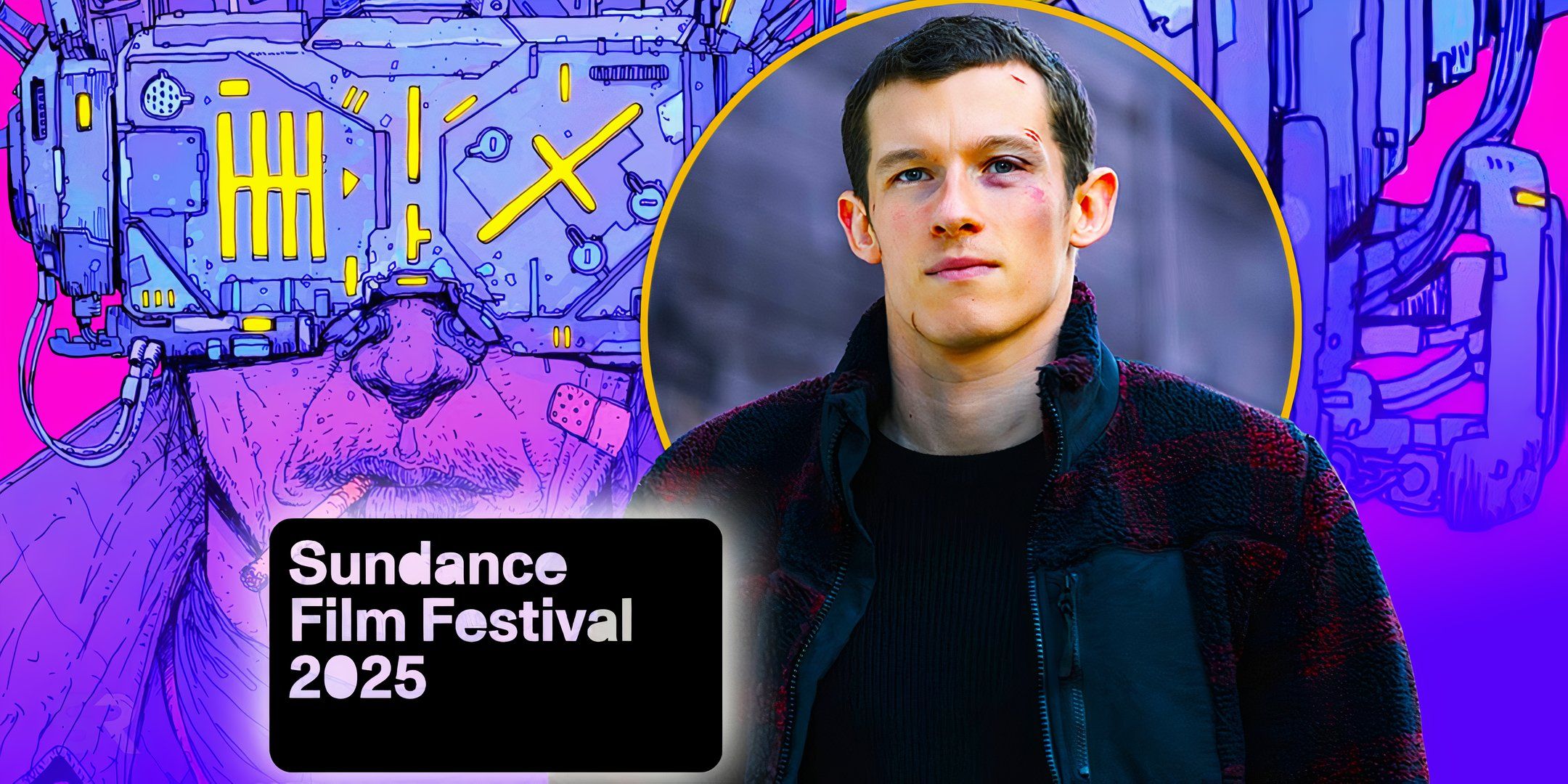Editor’s Note: The following contains minor spoilers for Peacock’s ‘The Day of the Jackal’.Peacock’s <em>The Day of the Jackal</em> TV show marks the third adaptation of the original novel by Frederick Forsyth, following the 1973 and 1979 film versions. The 1973 film was notably more successful, boasting an impressive 91% score on Rotten Tomatoes, making it the primary point of comparison for this latest Eddie Redmayne-led series. A closer look at both adaptations reveals significant differences in character portrayal and thematic depth. The modern series recontextualizes the Jackal’s target, presenting him in a more sympathetic light while empowering female characters to reflect contemporary societal values. Additionally, the contrasting time periods?1962/63 for the film versus the present day for the series?underscore the evolving nature of global connectivity depicted in each iteration.
Understanding Eddie Redmayne’s More Sympathetic Jackal in Peacock’s Adaptation
The stark differences between Eddie Redmayne’s portrayal of the Jackal and that of Edward Fox become apparent through their introductions to the audience and the context of their targets. In the 1973 adaptation, the Jackal is tasked with assassinating the former French President de Gaulle (Adrien Cayla-Legrand), whose policies on Algerian independence make him a contentious figure. In contrast, the 2024 series presents the Jackal’s initial target as a fictional far-right German politician, and ultimately an elite tech billionaire, Khalid Abdalla, known as UDC (Ulle Dag Charles). This shift makes the Jackal appear more relatable to viewers, enhancing his character’s depth, even as he remains emotionally detached from the underlying political motivations.
Additionally, the modern Jackal exhibits a surprising act of mercy by sparing the life of a politician’s bodyguard, a choice that adds complexity to his character. By withholding the killing blow, he complicates the narrative surrounding his actions, as it could have hampered law enforcement’s ability to trace the assassination back to him. In stark contrast, Edward Fox’s Jackal in the 1973 adaptation shows no such empathy, demonstrating a cold detachment from human life. His brutal murder of Collette (Deyfrine Seyrig), following a seduction, strips away any remaining sympathy the audience might have felt. This trend of depicting protagonists as irredeemable figures was more prevalent in the 1970s, while today’s storytelling emphasizes a multifaceted view of character motivations and moral ambiguity.
Empowering Female Characters in Peacock’s Adaptation of ‘The Day of the Jackal’
In the original The Day of the Jackal, female characters were largely relegated to the role of mere sex objects, serving only as tools within the Jackal’s machinations. The 2024 adaptation, however, presents a stark contrast with Lashana Lynch‘s character, Bianca, who emerges as a powerful co-lead in the pursuit of the Jackal. Bianca is portrayed through her determination and strength rather than her sexuality, marking a significant shift in character representation. This change reflects a broader evolution in societal norms, where strong female characters are not only expected but celebrated. While the earlier narrative choices may have been influenced by the era?s standards, they do not excuse the poor writing that reduces female characters to mere background figures. Notably, Seyrig’s performance as Collette in the original remains commendable, showcasing the potential for compelling female roles even within a flawed narrative.

Related
The 30 Best Thrillers of All Time, Ranked
From Hitchcock’s Vertigo and Psycho to more modern classics like Parasite and Se7en, this is Collider’s ranking of the best thriller movies ever made.
Time Period Differences and Their Impact on ‘The Day of the Jackal’
It is evident that the world we inhabit today is far more interconnected and globalized than the 1960s, a fact that significantly impacts the narrative dynamics of both adaptations. The challenges faced by law enforcement in tracking the Jackal’s movements across Europe are palpable, with a sense of urgency heightened by the contemporary setting. The original film features the O.A.S., a paramilitary group opposed to de Gaulle, which displays a clear reluctance to enlist “a foreigner” for their operations, whereas most actors in the film are British. This highlights the 2024 series’ enhanced credibility, as it effectively portrays various nationalities and cultural nuances, allowing Redmayne’s character to utilize a broader range of accents and languages. In contrast, Fox’s Jackal is limited to a Received Pronunciation accent, reflective of the era’s cinematic trends.
<!– Repeatable debug data: "injection":"before","adPosition":4,"startingPoint":0,"skipEvery":null,"nbrPlacementFilledEachSkip":4,"nbrPlacementsScanned":4,"ruleCount":1000,"degradationStartingPoint":1,"stopAds":null,"isEarlyInjection":true,"actualCount":1000








